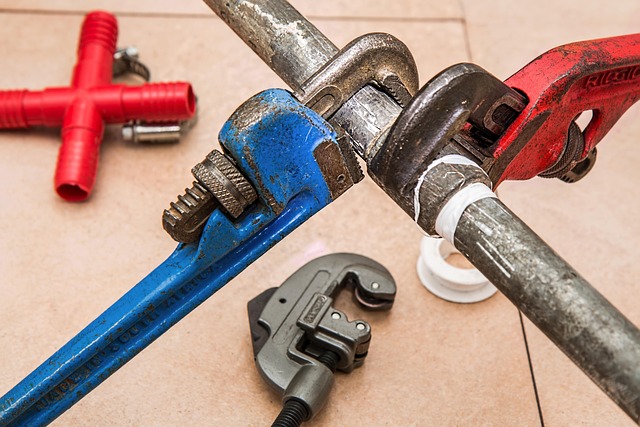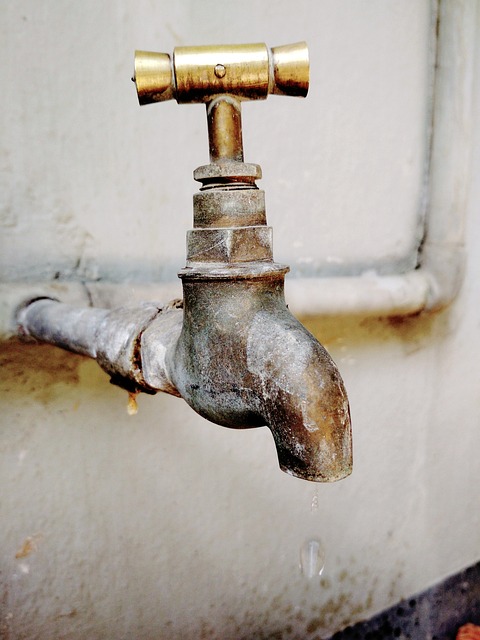Leak detection sensors with alerts are revolutionizing water damage monitoring, especially in homes with tankless heaters. These advanced devices track water pressure and flow patterns using pressure transducers and flow meters to quickly identify leaks. Upon detection, they trigger alerts via email, smartphone apps, or alarms, enabling homeowners to take immediate action and prevent costly damages. For tankless heaters, early leak detection mitigates scalding risks and reduces equipment failure. Regular maintenance, including battery checks and secure connections, is crucial for preventing leaks. The future of smart leak detection relies on IoT and AI technologies, offering real-time monitoring and predictive maintenance based on historical data.
“Stay ahead of potential water damage with leak detection sensors and tankless heater alerts—a game-changer in home safety. This comprehensive guide explores the intricacies of modern leak detection technologies, specifically tailored to tankless heating systems. From understanding sensor functionality to preventing common causes of leaks, we demystify this smart home feature. Discover the benefits of real-time alerts, various detection methods, and maintenance tips. Additionally, glimpse into the future of smart leak detection with IoT and AI integration. Optimize your home’s water safety today.”
- Understanding Leak Detection Sensors: How They Work
- Benefits of Tankless Heaters and Leak Alerts
- Types of Leak Detection Technologies Used in Tankless Heating Systems
- Setting Up and Maintaining Leak Alert Systems
- Common Causes of Leaks in Tankless Heaters and How to Prevent Them
- The Future of Smart Leak Detection: IoT and AI Integration
Understanding Leak Detection Sensors: How They Work

Leak detection sensors with alerts are designed to revolutionize the way we monitor for potential water damage, especially in homes equipped with tankless heaters. These sophisticated devices operate by continuously monitoring water pressure and flow patterns within plumbing systems. By utilizing advanced technology, such as pressure transducers and flow meters, they can quickly identify anomalies that may indicate a leak.
When a leak is detected, these sensors trigger alerts through various methods like email notifications, smartphone apps, or even audible alarms. This real-time monitoring allows homeowners to take immediate action, preventing minor issues from escalating into costly damage. For tankless heaters, where water is heated on demand, early detection of leaks can help avoid scalding risks and reduce the likelihood of sudden pressure buildups that could lead to equipment failure.
Benefits of Tankless Heaters and Leak Alerts

Tankless heaters are revolutionizing the way we heat our water, offering numerous benefits that traditional storage tanks cannot match. One of their key advantages is the elimination of leaks, a common issue with conventional systems. By eliminating the need for a large, fixed-volume tank, tankless heaters provide continuous hot water on demand, reducing the risk of leaking pipes and reservoirs. This not only saves homeowners from costly repairs and replacements but also significantly lowers utility bills.
With advanced leak detection sensors and alerts, modern tankless heaters take this advantage a step further. These smart systems are equipped with technology that can detect even the smallest leaks, providing immediate notifications to homeowners. Early warning signs of potential plumbing issues enable prompt action, preventing minor problems from escalating into major disasters. This added layer of protection ensures peace of mind and helps maintain a safe, efficient heating system.
Types of Leak Detection Technologies Used in Tankless Heating Systems

Leak detection sensors with alerts are essential components in modern tankless heating systems, ensuring efficient and safe operation. These advanced technologies employ various methods to pinpoint water leaks promptly. One common approach involves using ultrasonic sensors that emit high-frequency sound waves. Any disruption in these waves indicates a potential leak, triggering an alert. This technology is highly effective in detecting even the smallest of drips, making it ideal for tankless heaters where quick response times are crucial.
Another type leverages infrared (IR) sensors, which detect heat variations. In the context of tankless heaters, IR sensors can identify unusual temperature fluctuations, suggesting a potential leak. This method is particularly useful in hard-to-reach areas or behind walls, as it doesn’t require direct contact with water. By integrating these leak detection technologies, tankless heaters enhance their safety features, providing homeowners with peace of mind and preventing costly water damage.
Setting Up and Maintaining Leak Alert Systems

Setting up and maintaining leak alert systems for tankless heaters is a straightforward process that involves several key steps. First, install sensors in strategic locations around the heater and any potential leak points. These sensors are designed to detect even the smallest changes in moisture levels, ensuring immediate alerts when a leak occurs. Once installed, connect the sensors to a central control panel or a smart home system, allowing for remote monitoring and real-time notifications.
Regular maintenance is crucial to keep these systems effective. Check sensor batteries regularly and replace them as needed to ensure continuous monitoring. Additionally, inspect connections for any signs of corrosion or damage, cleaning or tightening as required. By implementing these simple steps, homeowners can enjoy peace of mind, knowing their tankless heaters are protected from potential leaks, which could cause significant damage to both the heater and the surrounding areas.
Common Causes of Leaks in Tankless Heaters and How to Prevent Them

Tankless heaters, while known for their convenience and energy efficiency, are not immune to leaks. Common causes often include faulty connections, corrosion, or worn-out seals and gaskets over time. These issues can be exacerbated by extreme temperatures, poor installation, or inadequate maintenance.
To prevent leaks in tankless heaters, regular inspection and maintenance are key. Ensure all connections are secure and well-insulated. Regularly check for signs of corrosion, especially in areas exposed to moisture or high heat. Replacing worn parts, such as seals and gaskets, according to the manufacturer’s recommendations can also significantly reduce leak risks.
The Future of Smart Leak Detection: IoT and AI Integration

The future of smart leak detection lies in the seamless integration of the Internet of Things (IoT) and Artificial Intelligence (AI). By connecting leak detection sensors to a network, homes and businesses can benefit from real-time monitoring and intelligent alerts. These sensors, equipped with AI algorithms, can learn patterns and detect anomalies that might indicate potential leaks. For instance, tankless heaters, which are increasingly popular for their energy efficiency, can be monitored for unusual temperature changes or water usage fluctuations, signaling a possible leak before it causes significant damage.
This integration offers unparalleled precision and proactive protection. AI-powered systems can anticipate problems based on historical data, enabling preventive maintenance. As IoT devices become more commonplace in our homes and establishments, the potential for connected leak detection systems to revolutionize property protection becomes ever more apparent.
